44 understanding nutrition facts on food labels
Understanding Food Labels - Nutrition: Science and Everyday Application ... The value printed on the Nutrition Facts panel is the percent DV, which tells you how much one serving of the food contributes towards meeting the daily requirement for that nutrient. The FDA uses the following definitions for interpreting the %DV on food labels:4 5%DV or less means the food is low in a nutrient. Understanding Nutrition Facts Food Labels - VEBA Resource Center All of the nutrition information on a food label is based on that serving size. So you'll need to adjust the other numbers if you eat more or less. Total carbohydrate. The grams of sugar listed are included in the "Total Carbohydrate." Saturated fat and trans fat. The lower the number of grams you eat, the better. Protein.
Understanding Ingredients on Food Labels | American Heart Association ... The Nutrition Facts information is always displayed in the same orderly fashion and helps you understand how much of certain nutrients that you need to limit are contained in the product per serving. What isn't always so clear is the ingredients listed on foods or drinks. What do all those huge words mean?
Understanding nutrition facts on food labels
Understanding Food Nutrition Labels | EmPOWERED To Serve The U.S. Food and Drug Administration (FDA) regulates the Nutrition Facts label seen on packaged foods and drinks. In 2016, the FDA released changes to the label to make it easier to see how many calories and added sugars are in a product and to make serving sizes more realistic. These changes are still being implemented throughout the food ... How to understand food labels | Eat For Health Sometimes labels will include nutrition content claims like 'low fat', 'reduced salt' or 'high fibre'. These claims can only be used if the food meets certain criteria. For example, with a 'good source of calcium' claim, the food must contain more than a set amount of calcium. While nutrition content claims can generally guide ... Understanding Food Labels | Nutrition facts, ingredients, claims, high Reading food labels is a must when food shopping! Prepackaged foods are required to have nutrition labels. Food labels are voluntary for "fresh foods" such as raw meats, fish, poultry, fruits, and vegetables. The Nutrition Facts on the food label must show the following information: u0007Serving Size. A uniform amount for all labels.
Understanding nutrition facts on food labels. Help patients understand Nutrition Facts labels to eat smarter One small but important way for patients to make key decisions that have a lasting impact on their health is by consulting the Nutrition Facts label on food and beverage packages. However, patients often have difficulty understanding the information listed and what it means for making informed food choices. Understanding the Nutrition Facts Label - FamilyEducation Understanding the Nutrition Facts Label. Most packaged foods have a Nutrition Facts label. For a healthier you, use this tool to make smart food choices quickly and easily. Try these tips: Keep these low: saturated fats, transfats, cholesterol, and sodium. Get enough of these: potassium, fiber, vitamins A and C, calcium, and iron. Nutrition Facts and Food Labels - Academy of Nutrition and Dietetics Get to know the basics of the Nutrition Facts label, and understand the parts and pieces, from serving size, total calories and fat to percent of Daily Values. Teach Your Teen about Food Panels If decoding the information on a food package is a challenge for adults, think of how hard it is for teens who are just beginning to make choices for ... Understanding Ingredients on Food Labels - Professional Heart Daily ... The Nutrition Facts information is always displayed in the same orderly fashion and helps you understand how much of certain nutrients that you need to limit are contained in the product per serving. What isn't always so clear is the ingredients listed on foods or drinks. What do all those huge words mean?
PDF How Do I Understand the "Nutrition Facts" Label? a day, this is 120 calories or less, or about 13 grams of saturated fat. Most foods in the grocery store have a Nutrition Facts label and ingredient list. When you go grocery shopping, take time to read the Nutrition Facts labels on the foods you purchase. Compare the nutrients and calories in one food to those in another. The Understanding Food Labels | The Nutrition Source | Harvard T.H. Chan ... Understanding Food Labels The Nutrition Facts Label. The Nutrition Facts label is overseen by the U.S. Food and Drug Administration (FDA) and was... Front-of-Package. This is the section of a food label consumers see first, which within seconds can influence their... Side and Back-of-Package. The ... Understanding Nutrition Facts on Food Labels - WebMD After fats, carbohydrates, dietary fiber, sugars, and protein are listed on the food label. These items are followed by specific nutrients in the food, such as vitamin A, vitamin C, calcium, and... The Basics of the Nutrition Facts Label - Academy of Nutrition and ... Step 4: Check Out the Nutrition Terms. Low calorie: 40 calories or less per serving. Low cholesterol: 20 milligrams or less and 2 grams or less of saturated fat per serving. Reduced: At least 25% less of the specified nutrient or calories than the usual product. Good source of: Provides at least 10 to 19% of the Daily Value of a particular ...
How To Read Food Labels: Understanding the Basics - Instacart Understanding the nutrition facts The nutrition facts section of a food label is where the scientific data is, and this is where you can find out what's really going on. If you can decipher the nutritional information on a food label, you'll have a much better understanding of precisely what types of food groups and nutrients the product contains. How to Understand and Use the Nutrition Facts Label | FDA - U.S. Food ... How to Understand and Use the Nutrition Facts Label 1. Serving Information. When looking at the Nutrition Facts label, first take a look at the number of servings in the... 2. Calories. Calories provide a measure of how much energy you get from a serving of this food. In the example, there... 3. ... Understanding the Nutrition Facts Label Understanding how to read a Nutrition Facts label is a valuable skill that can help you develop healthy eating habits. The Food and Drug Administration (FDA) required Nutrition Facts label provides you with important information that applies to one serving of the food/product, the amount of nutrients found in the food/product, and the percentage of the recommended total for a 2,000 calorie diet. Understanding Food Nutrition Labels | American Heart Association Here are more tips for getting as much health information as possible from the Nutrition Facts label: Remember that the information shown in the label is based on a diet of 2,000 calories a day. You may need less or more... When the Nutrition Facts label says a food contains "0 g" of trans fat, but ...
Understanding nutrition facts on food labels - SheKnows Women need 25 grams per day and men need 38 grams per day. Most of us never get the required amount. According to the AHA, "high fiber" is 5 grams or more per serving and a "good source of fiber"...
How To Read Food and Beverage Labels - National Institute on Aging The U.S. Food and Drug Administration (FDA) requires a Nutrition Facts label on most packaged foods and beverages. At the top of the Nutrition Facts label, you will find the total number of servings in the container and the food or beverage's serving size.

Nutrition Facts: How to Read Food Labels | Nutrition facts, Nutrition labels, Nutrition facts label
Food Labeling 101: Understanding the Nutrition Facts Label The ingredient list is the last section of the Nutrition Facts label, but certainly not least, as some may say it's the most important. Here you'll find a list of the ingredients in the product....
Get the Facts! Steps to Reading and Understanding Nutrition Facts Labels Food labels list percentages of the recommended daily intakes of several nutrients. The numbers are based on a 2,000-calorie diet and are used for adults who are 18 years or older. If you consume more or less than 2,000 calories per day, you still can use % Daily Values as a reference.
US Consumers' Understanding of Nutrition Labels in 2013: The Importance ... Many consumers check food labels when buying food, either to choose healthy foods or to lose ...
The New Nutrition Facts Label | FDA - U.S. Food and Drug Administration The U.S. Food and Drug Administration (FDA) has updated the Nutrition Facts label on packaged foods and drinks. FDA is requiring changes to the Nutrition Facts label based on updated scientific...
Food labels 101: Understanding the nutrition facts panel The general guideline is that 40 calories is low, 100 calories is moderate, and 400 calories is high. Nutrients to limit - The nutrients that should be limited are fat, cholesterol and sodium. Consuming an excess of these nutrients can increase the risk of developing chronic health conditions like diabetes, heart disease and high blood pressure.
Understanding food labels - Canada.ca Understanding food labels Food labels, nutrition facts tables, serving size, ingredients, % daily value, nutrition claims. Services and information Nutrition facts tables How to use, what is in them, foods that don't have a nutrition facts table. Serving size How to use the serving size on nutrition facts tables. List of ingredients
Food Labels 101: Understanding the Nutrition Facts Label A sodium level of 140 mg or less on the nutrition facts label is considered low sodium. This is an essential number to look for when reading the label. Total Carbohydrates - Fiber and Sugar Foods high in fiber can be beneficial to a healthy diet, as fiber helps manage blood sugar levels and can lower cholesterol.
Food Labels | CDC - Centers for Disease Control and Prevention Food Labels Check the Serving size first. All the numbers on this label are for a 2/3-cup serving. This package has 8 servings. If you eat the whole thing, you are eating 8 times the amount of calories, carbs, fat, etc. Total Carbohydrate shows you types of carbs in the food, including sugar and ...
Understanding Food Labels | Nutrition facts, ingredients, claims, high Reading food labels is a must when food shopping! Prepackaged foods are required to have nutrition labels. Food labels are voluntary for "fresh foods" such as raw meats, fish, poultry, fruits, and vegetables. The Nutrition Facts on the food label must show the following information: u0007Serving Size. A uniform amount for all labels.
How to understand food labels | Eat For Health Sometimes labels will include nutrition content claims like 'low fat', 'reduced salt' or 'high fibre'. These claims can only be used if the food meets certain criteria. For example, with a 'good source of calcium' claim, the food must contain more than a set amount of calcium. While nutrition content claims can generally guide ...
Understanding Food Nutrition Labels | EmPOWERED To Serve The U.S. Food and Drug Administration (FDA) regulates the Nutrition Facts label seen on packaged foods and drinks. In 2016, the FDA released changes to the label to make it easier to see how many calories and added sugars are in a product and to make serving sizes more realistic. These changes are still being implemented throughout the food ...
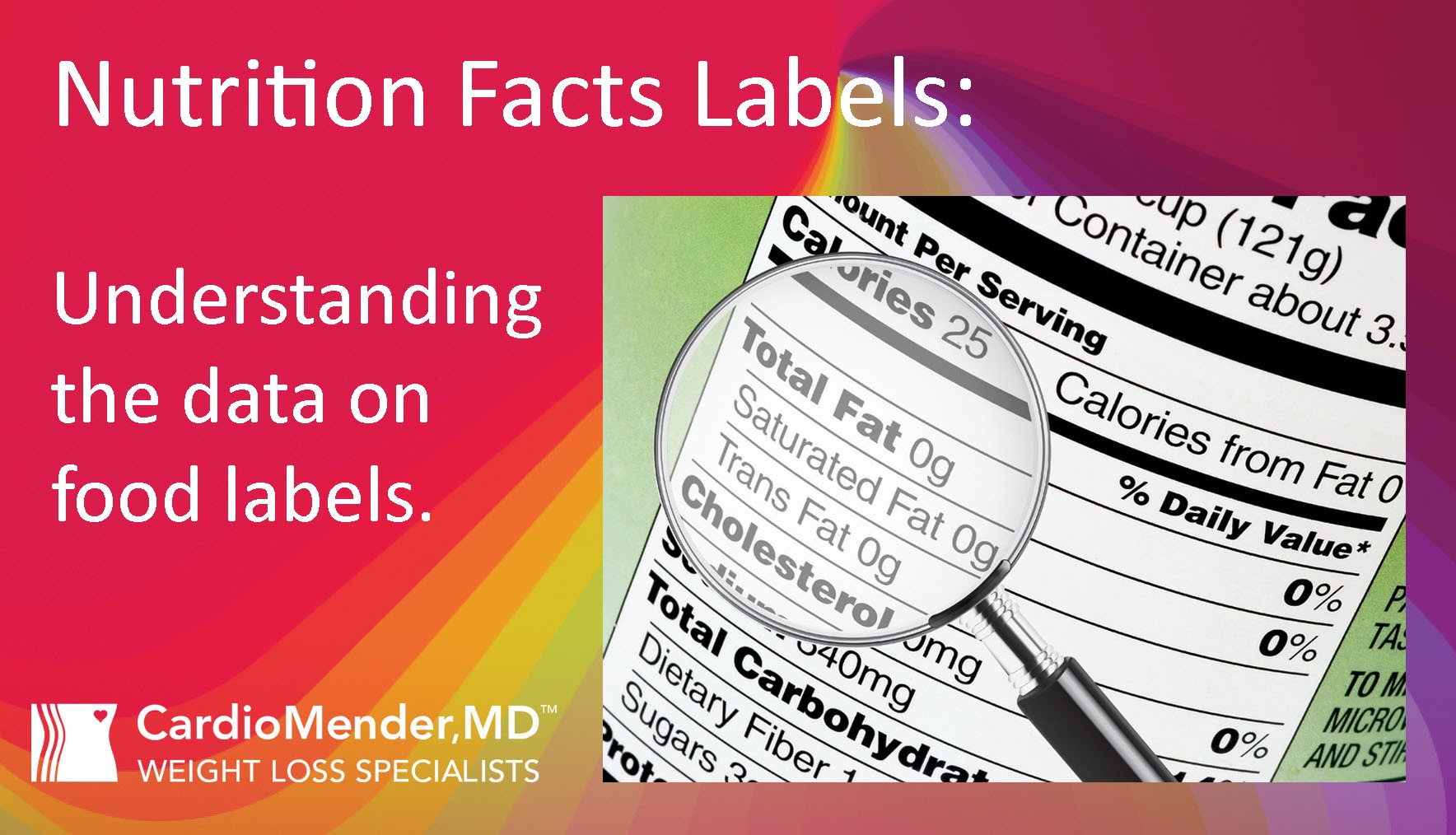

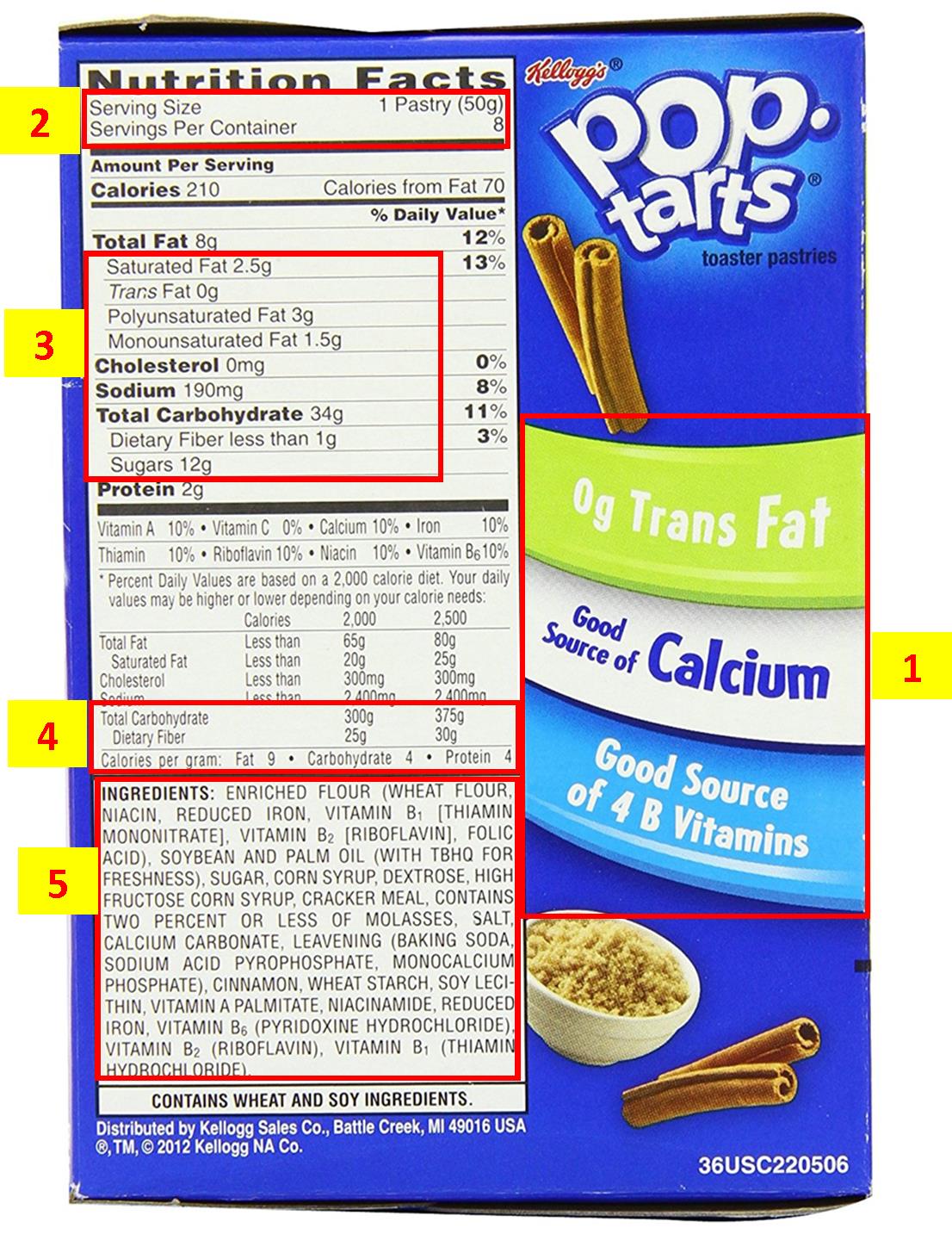


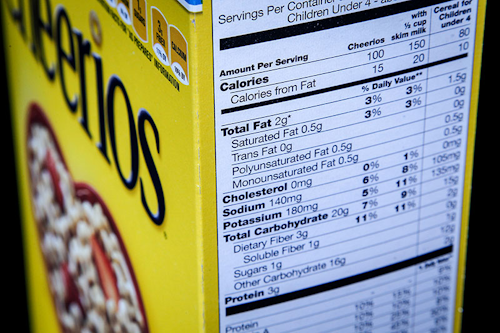
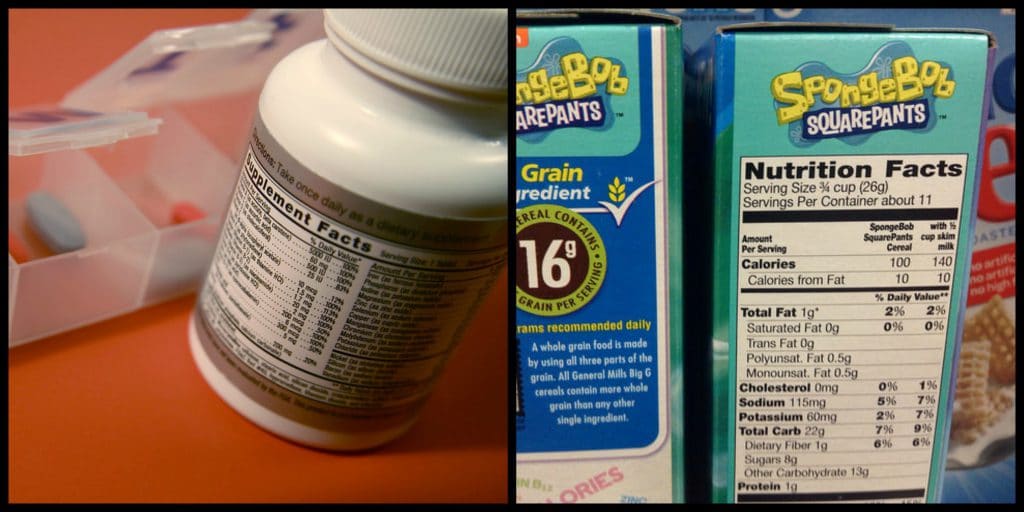
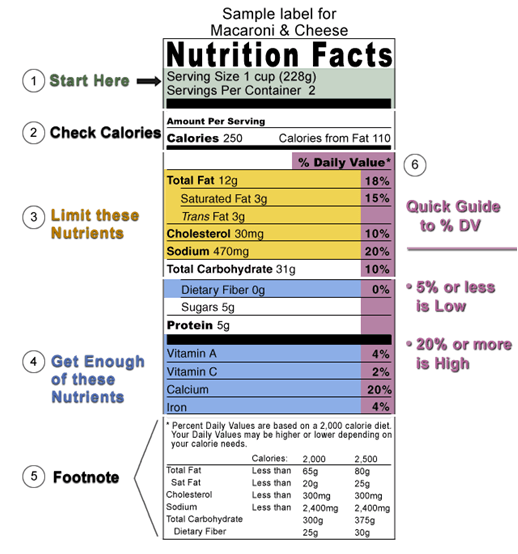




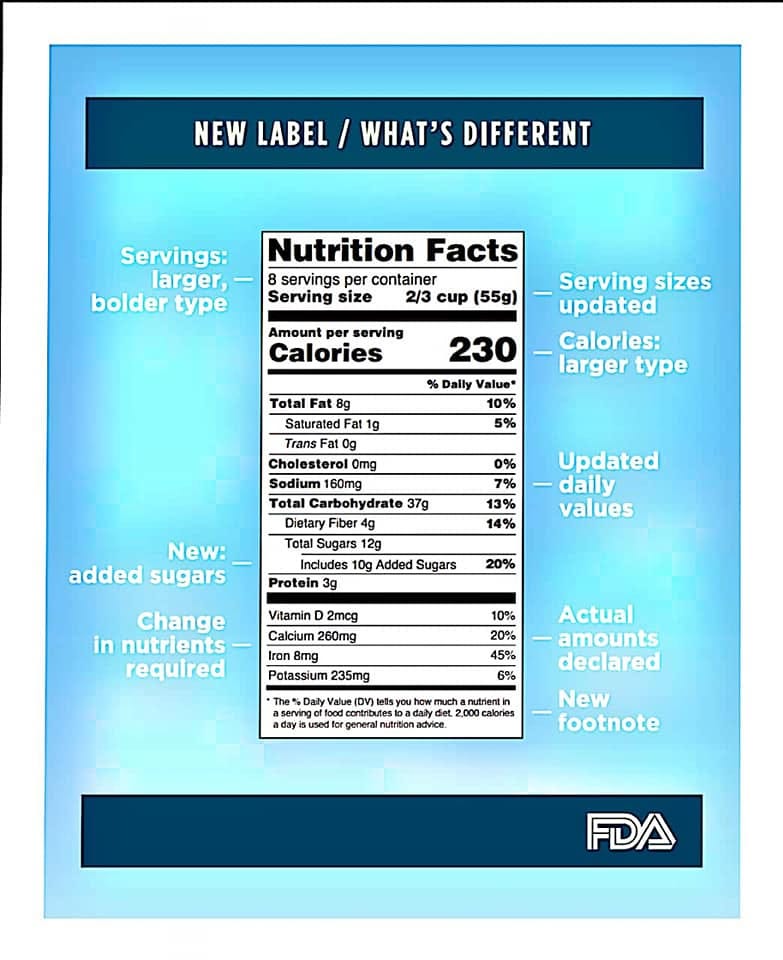
Post a Comment for "44 understanding nutrition facts on food labels"